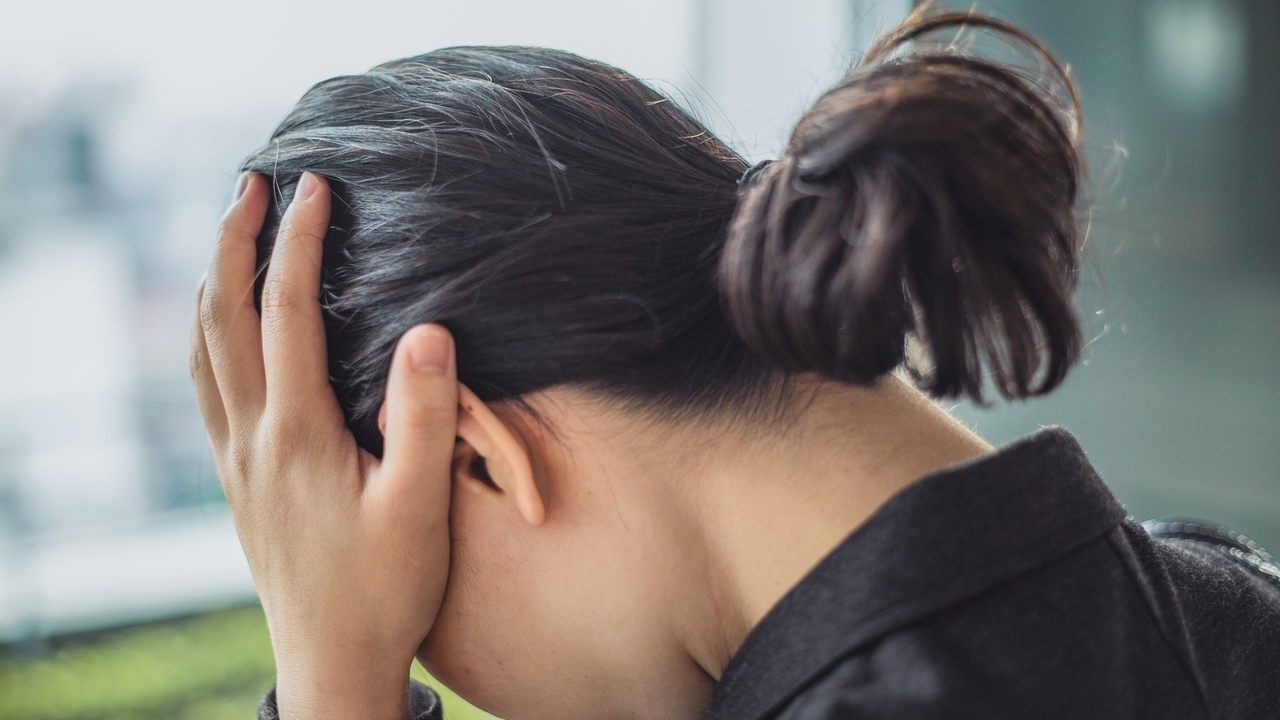When it comes to the sexes, a heart attack is a heart attack, right? The short answer is no. The differences between men and women are not just the obvious ones. They can be as subtle as how they feel in the weeks prior to having a heart attack. The distinctions can also been seen in how women are treated in the emergency room. It is only in the last 50 years that we have seen women treated for heart failure and even more recently that we have seen women included in studies of heart disease. In essence, what is known about women and heart failure is a study in progress.
According to the Texas Heart Institute, women may feel less chest pain than their male counterparts when having a heart attack. Rather, they may experience nausea, burning and fatigue that are less attributable to heart attacks than the classic chest pain that’s normally considered the main warning sign. Women are therefore more likely to ignore these symptoms and are more likely to die of heart failure than men. After menopause, women have an increased chance of having a heart attack – researchers have found that this is linked to a decrease in estrogen. Hormone replacement therapy has also been linked to a greater risk of heart failure.
A key factor as to why women may be treated differently in the emergency room is purely physical. A study conducted by the University of Michigan found that “women who suffer chest pain or a heart attack are more likely than men with the same conditions to have only mild and more diffuse blockages in their major arteries. This means that for these individuals, their symptoms are most likely caused by blockages in smaller, less flexible vessels.” This study showed that since their larger blood vessels appeared clear, signs of heart failure were less likely to show up on angiograms. Men’s larger blood vessels were more likely to show up on an angiogram as being blocked. Another factor is the lingering tendency in the medical community to believe a heart attack is less likely in a patient simply because she is a woman.
The more women learn about heart disease, the more they can learn how to look for symptoms that are not the stereotypical heart-clutching scenes from a movie. While those indicators do exist, they account for less than 10% of symptoms reported. Unusual fatigue in the weeks prior to a heart attack is common in women, as is nausea. These are not the signs normally associated with heart disease. Women should report these to their doctors and always ask if this could be attributed to a possible heart condition.
Women themselves have often considered heart disease to be a man’s disease and it is not. Heart disease is the number one killer of women. Women need to be aware of the differences in their symptoms and describe them. They need to know how their hearts differ to men’s and how these differences can be hidden from tests performed at hospitals. They need to be assertive when questioning their doctors about the testing methods used to diagnose or rule out heart disease. A woman is the first guardian of her heart. She will likely be the first to know something is wrong and the more information she has, the better her chances are of surviving what could be a lethal disease.



